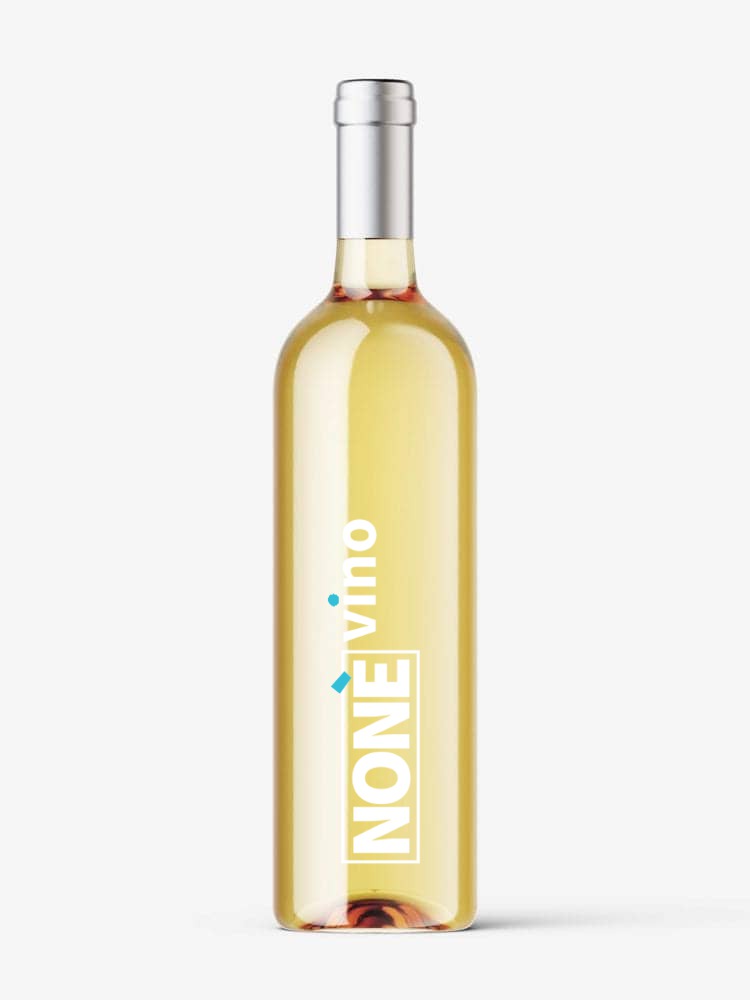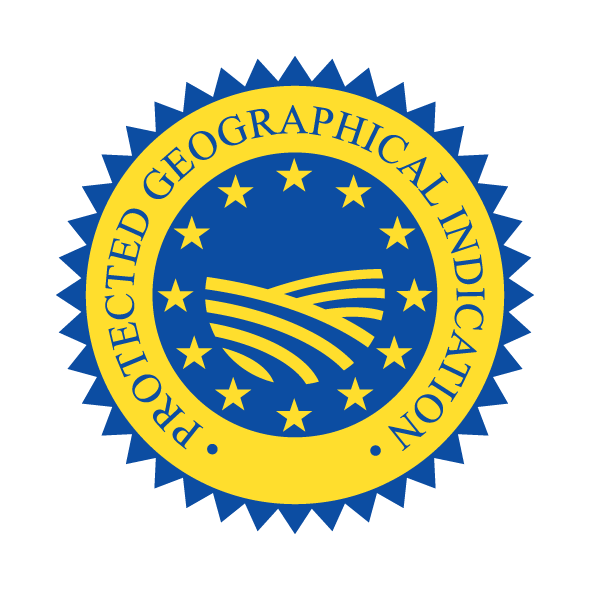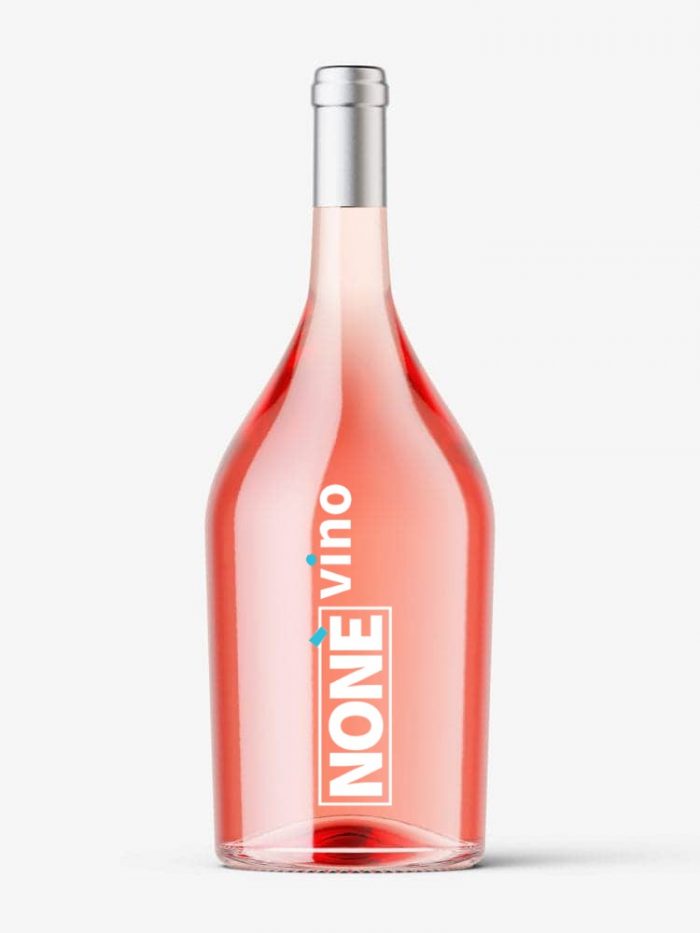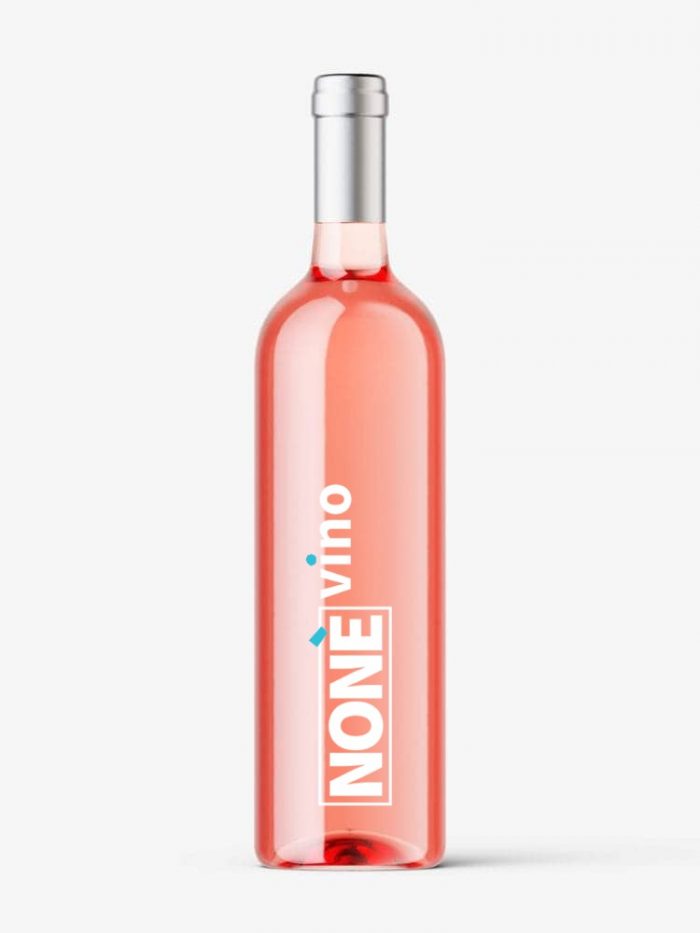Trebbiano Toscano
White Grape
Info
The Trebbiano Toscano white grape variety is grown in the regions: Abruzzo, Apulia, Basilicata, Calabria, Campania, Emilia-Romagna, Latium, Liguria, Lombardy, Marche, Molise, Sardinia, Sicily, Tuscany, Trentino Alto Adige, Umbria, Veneto.
Trebbiano Toscano is a vine of probable Etruscan origins, certainly among the most important of the numerous “Trebbiani” family. Already mentioned by Pliny the Elder, the name should be traced back to a locality of the same name in ancient Etruria near Luni, on the border between Liguria and Tuscany, or to the Trebbia river of the Piacentini hills.
Wine Characteristics
From the Trebbiano Toscano grape a straw yellow wine is obtained, not very intense on the nose, not strongly characterized on the palate, fresh for acidity, quite warm and medium-bodied.
Chardonnay
White Grape
Info
The white grape Chardonnay is grown in the regions: Abruzzo, Apulia, Basilicata, Calabria, Campania, Emilia-Romagna, Friuli Venezia Giulia, Latium, Lombardy, Marche, Molise, Piedmont, Sardinia, Sicily, Tuscany, Trentino Alto Adige, Umbria, Aosta Valley, Veneto.
According to many, its origins have never been clear, according to some scholars it has Middle Eastern origins, according to others it comes from a spontaneous cross between a pre-domesticated vine and an Illyrian vine, that is coming from that area that today corresponds to Slovenia, Croatia, Bosnia , Montenegro and Albania. The most accredited hypotheses claim a vine originating from the homonymous French municipality of Chardonnay, in Burgundy.
Wine Characteristics
From Chardonnay grapes it is possible to obtain still, semi-sparkling or sparkling wines, with high alcohol content and good acidity. At sight the wine has a not particularly intense straw yellow color; on the nose it is characteristic, delicate and fruity (tropical fruit, pineapple and banana in particular), and on the palate it expresses pleasant freshness and flavor. Hints of dried fruit will indicate the evolutionary path of the wine, which can offer more harmonious taste-olfactory sensations.








